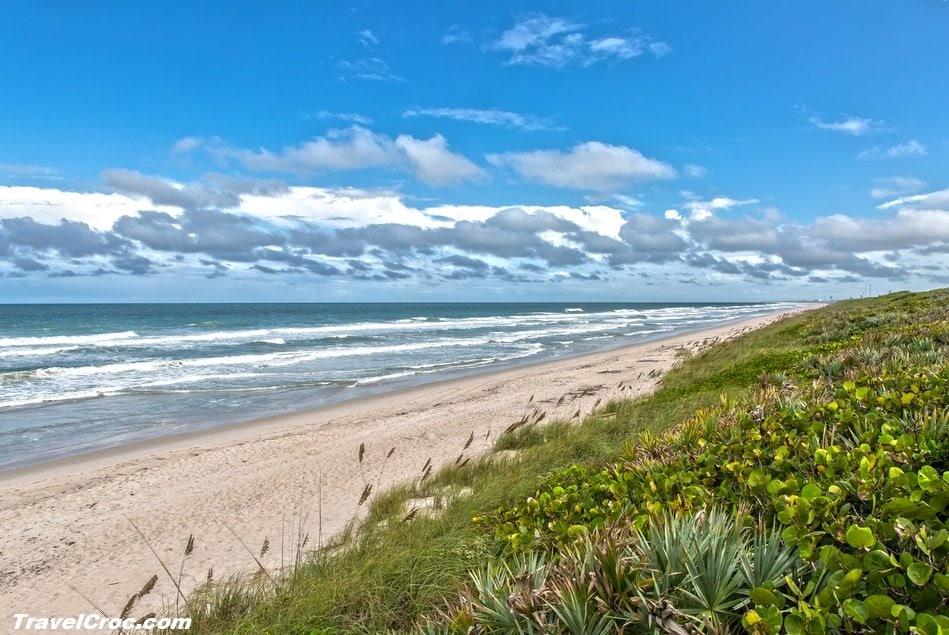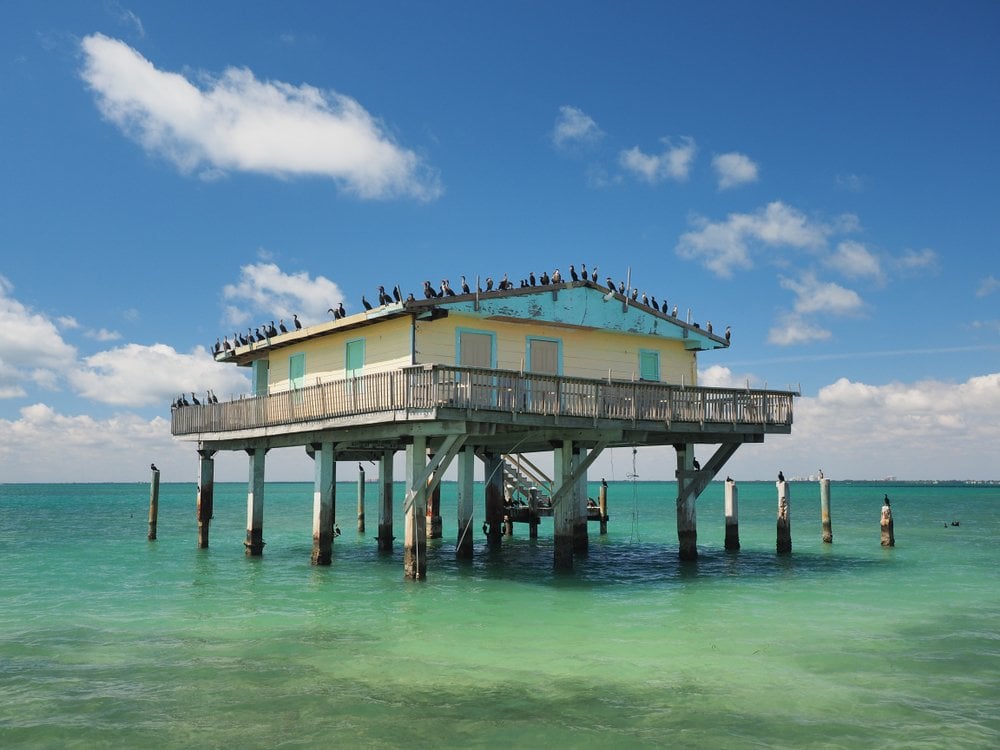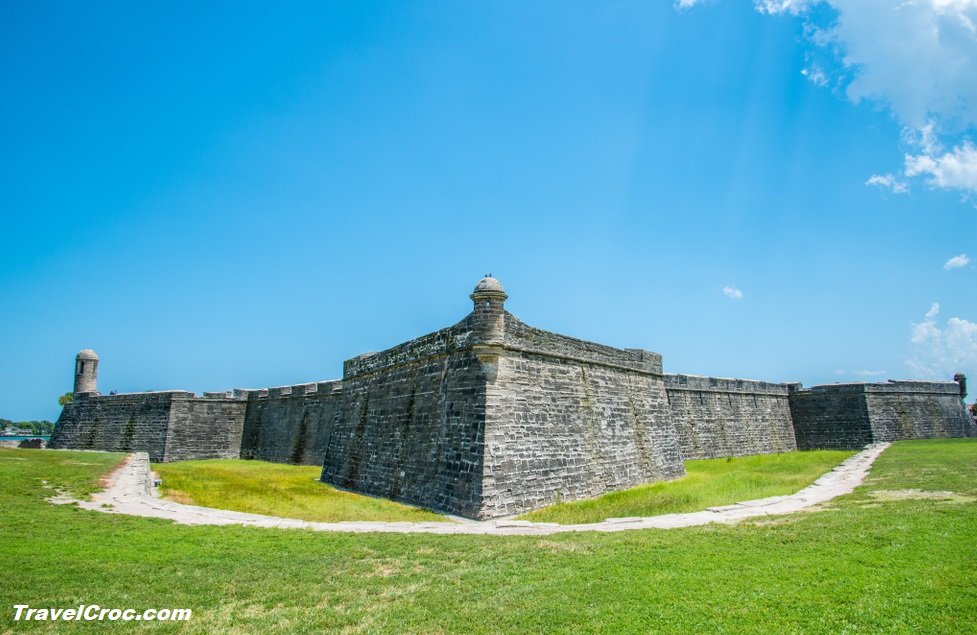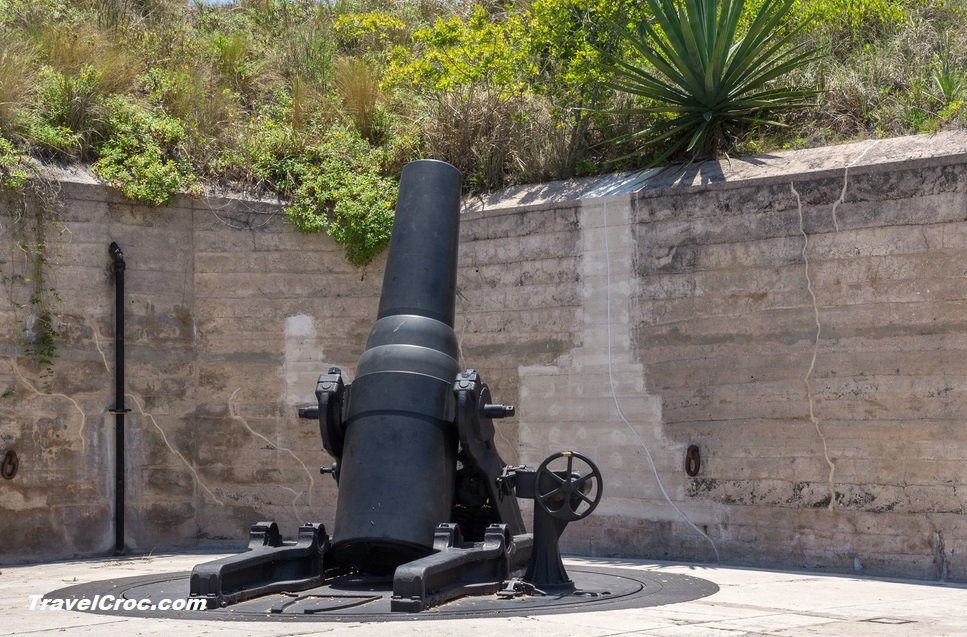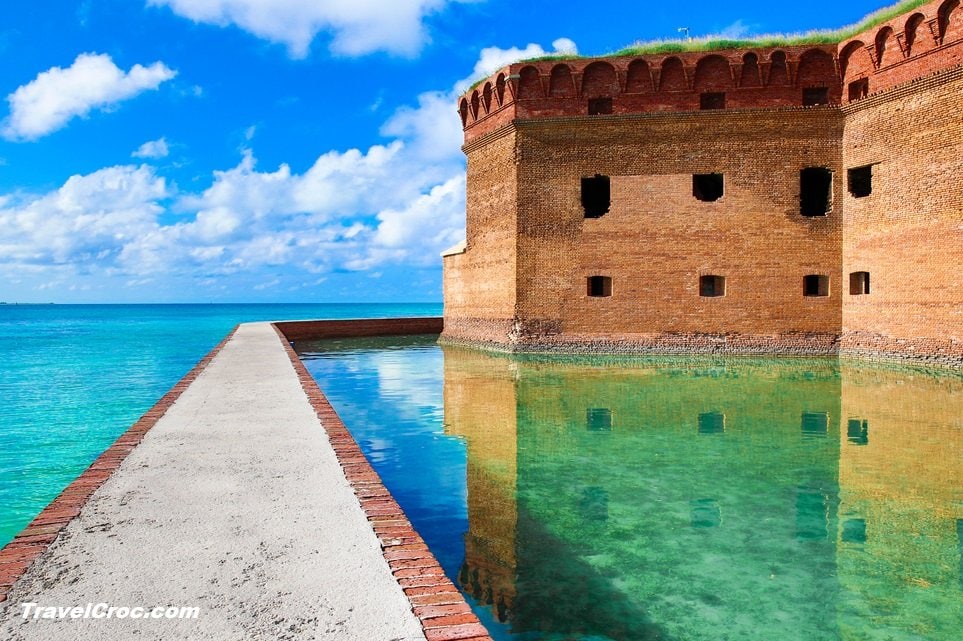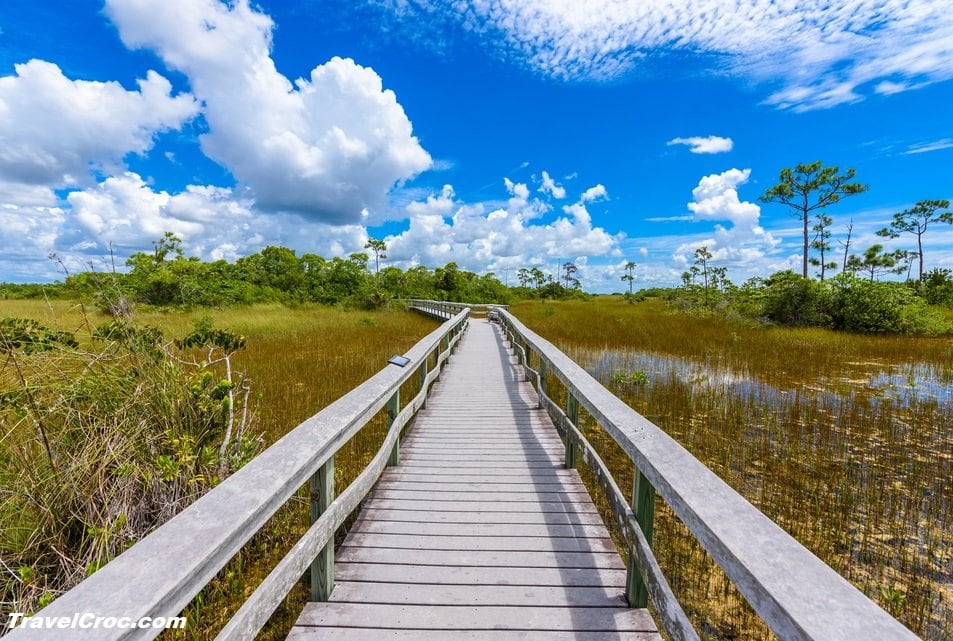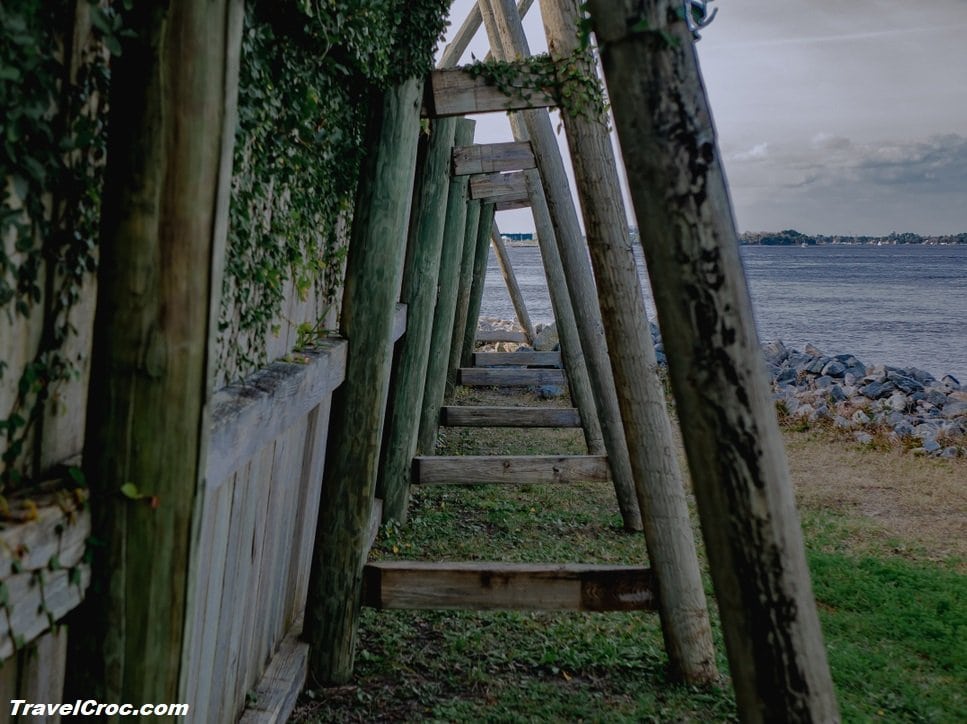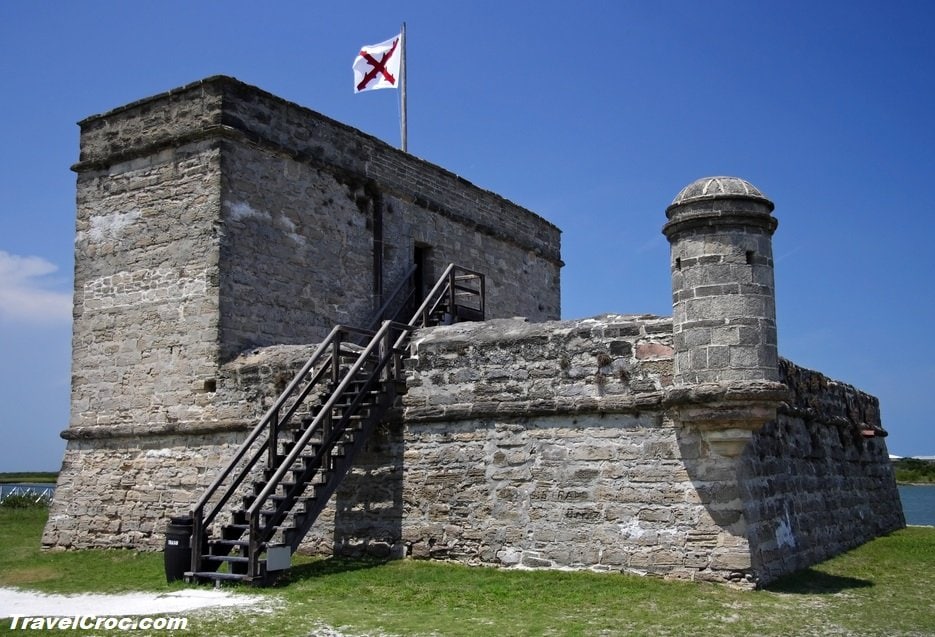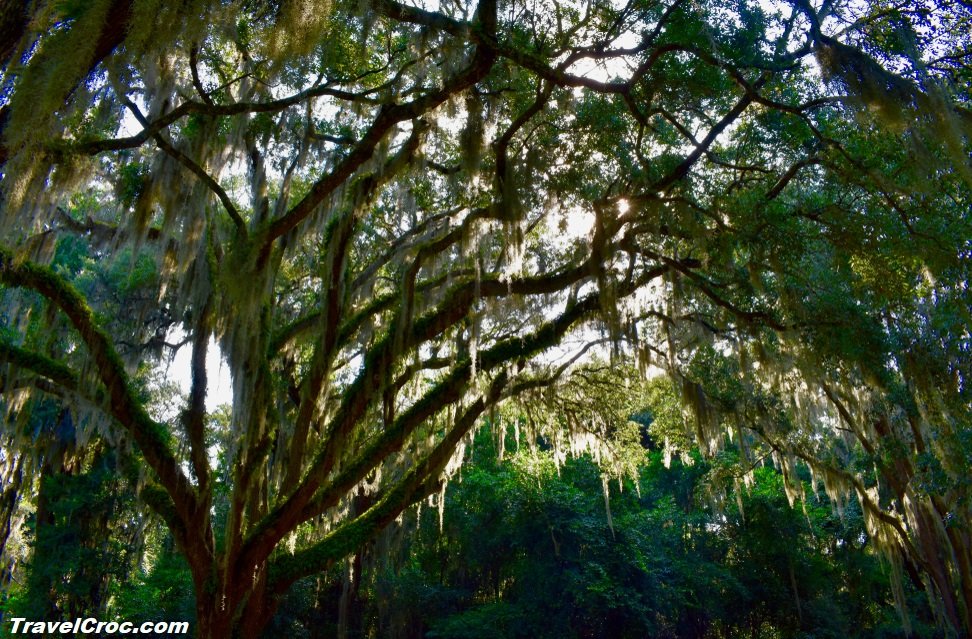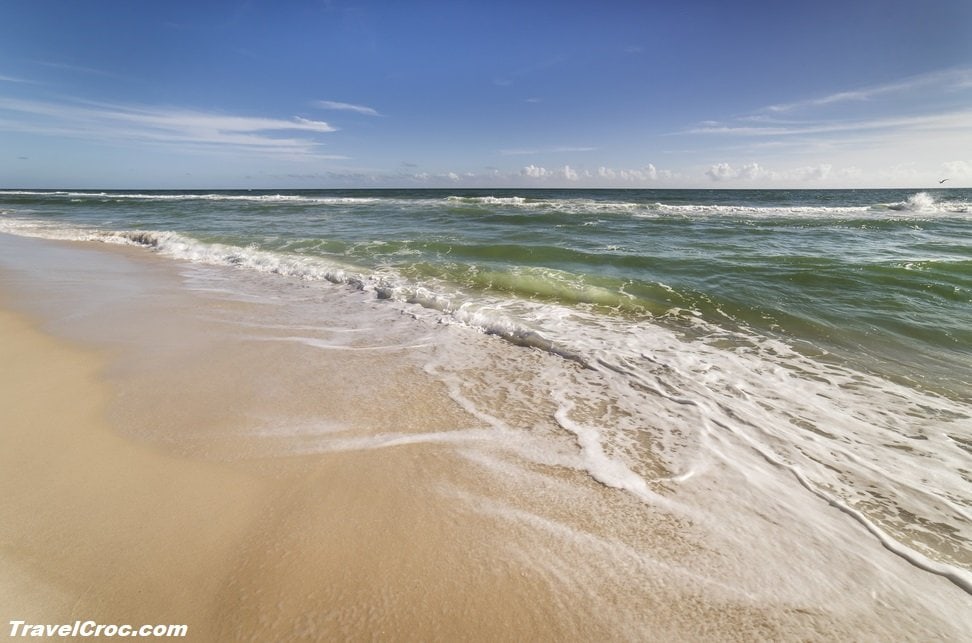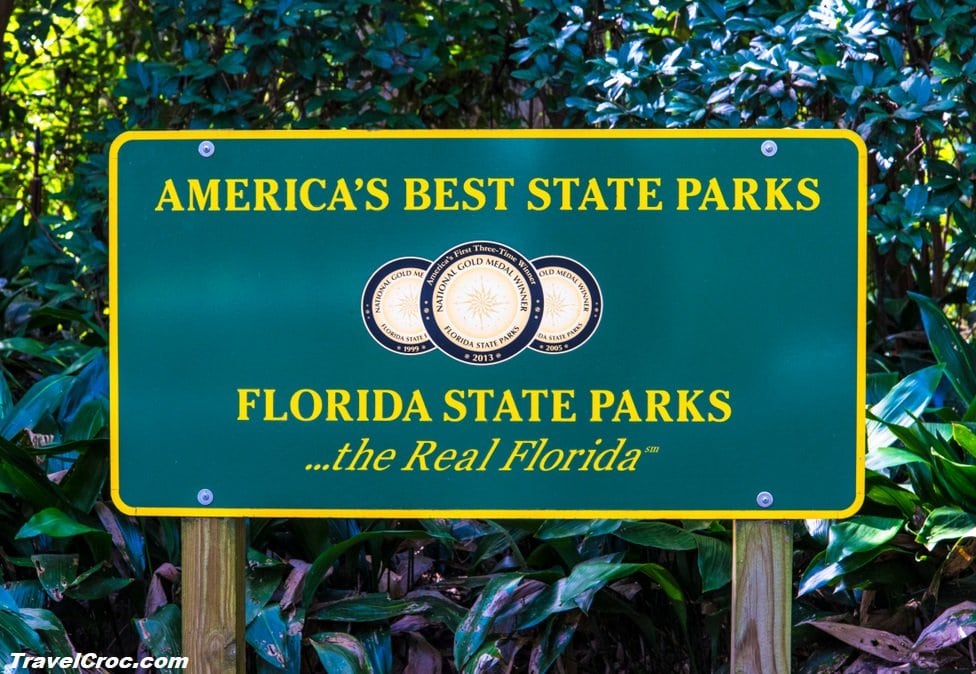I always knew that Walt Disney World was located in Florida. But what many people don’t realize is that there are also a ton of National Parks in Florida. All these national parks are unique and in this article you will find the ultimate guide to all Florida National Parks.
I’ve done lots of research on finding the unique features of each park, and I hope you enjoy this guide!
The most famous National Park in Florida is the Everglades National Park. Most people have hear about it. But maybe you didn’t know there were more. And no, there isn’t just 1 or 2; there are 11 of these beautiful parks located across the state.
There are lots to do, from Everglades, famous for its thrilling bird watching experience, to Big Cypress, which is fantastic for hiking and camping. They should be on your itinerary if you are looking for the next place to visit, have a vacation, adventure, or a fun family experience. It’s a plus if Florida peaks your interest.
Without further ado, let’s take a look at the Best National Parks in Florida Below.
In no particular order, here are the names of the parks;
- Big Cypress National Preserve
- Canaveral National Seashore
- Biscayne National Park
- Castillo De San Marcos National Monument
- De Soto National National Memorial Park
- Dry Tortugas National Park
- Everglades National Park
- Fort Caroline National Memorial
- Fort Matanzas National Monument
- Timucuan Ecological and Historic Preserve
- Gulf Island National Seashore
Big Cypress National Preserve (Ochopee, FL)
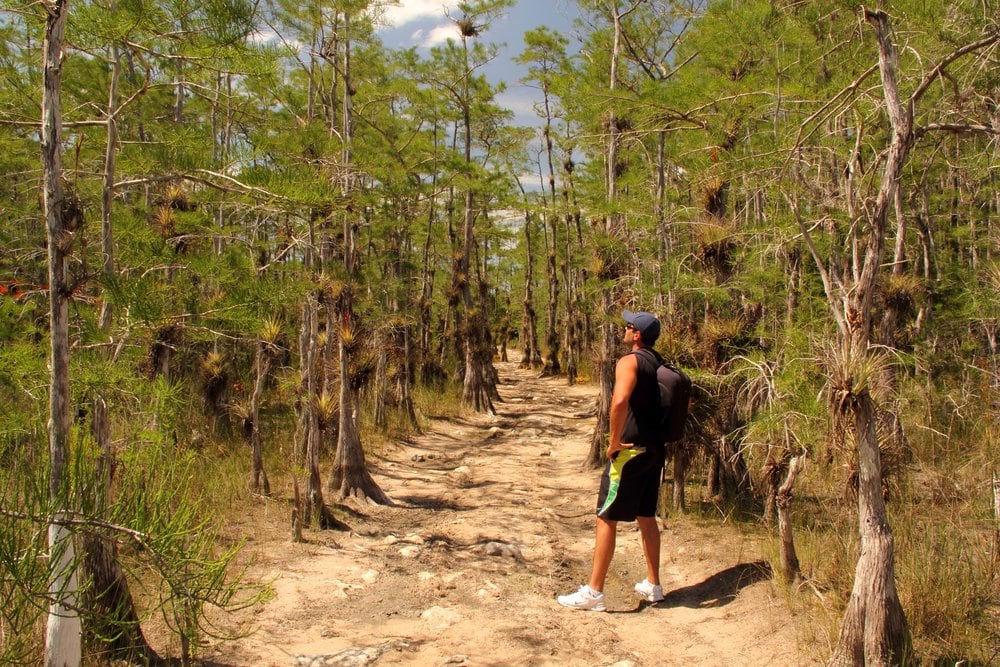
It is one of the national parks in southern Florida, west of Miami. Big Cypress, adjacent to Everglades National Park, was established as a “preserve” rather than a park. This was done so that over 700,000 of its acres could still be used for activities like swamp bugging and airboats that are not permitted in standard national parks.
A key advantage for tourists is that it has no entrance cost, making it an excellent alternative to experience Everglades without extra cost. Plus, Big Cypress has one of the best paddling trails in Everglades, e.g., The Turner River Kayak Track. There’s also excellent hiking, Loop Road, and a great rustic backroad where you’re likely to spot wildlife.
This National Preserve offers a unique opportunity to appreciate and explore natural landscapes and habitats. It’s a place to have fun, relax, and reconnect with nature.
You don’t want to do it alone? Commercial swamp buggy, airboat, canoe, kayak, flatboat, hiking, and driving tours are also accessible through licensed commercial service providers. The park offers amazing bird watching, hiking, camping, and scenic drives. It is a thrilling experience for adventure lovers.
Entry Fee: none
Official Website: click here to access website
Canaveral National Seashore (Titusville and New Smyrna Beach, FL)
Canaveral National Seashore is a national park in central Florida, off the coast of Cape Canaveral. The park is open all year and offers various activities such as bird watching, hiking, backcountry camping, and more. It is the longest undeveloped beach in FL, with over 20 miles of unspoiled barrier island beaches and marshes to discover.
The majority of visitors go to the lovely beaches. This is an excellent spot for swimming, sunbathing, and relaxing.
A wetland that is part mangrove and part salt marsh can be found further into the park. A significant number of birds flock to this diversified habitat. One of my favorite spots in the park is the Black Point Wildlife Drive. There are tons of birds and wildlife to see when you drive the loop. You can see a ton of species of birds including egrets, and bald eagles.
Entry Fee: $20 per car
Official Website: click here to access website
Recommended reading:
Biscayne National Park (Miami and Homestead FL)
Biscayne is a unique national park in south Florida. It is almost entirely submerged. It offers underwater, on the water, and near the water thrills. On land, there’s a fantastic tourist center, lovely picnic areas, and stunning views.
From prehistoric cultures to shipwrecks, pineapple growers, to presidents, there’s evidence of 10,000 years of human history here. Many people visit the park for boating, fishing, and diving, while others come for the pleasant breeze and serene surroundings. There are various boat cruises available to help you see more of the island.
The most popular boat tour is the Boca Chita tour, an island with a fascinating history. You can also go on snorkeling excursions, such as to a shipwreck. Kayaking from the mainland is an excellent choice, as is a tour to Stiltsville, an area in Biscayne Bay that shows remains or the seven historic stilt houses. It is a must-visit for history lovers.
Entry fee: None
Official Website: click here to access website
Castillo De San Marcos National Monument (St Augustine, FL)
This Fort, which is the star of St. Augustine, will enthrall history lovers, but I believe it will impress almost anyone. Castillo de San Marcos, NM, is located in the northeastern part of the state. The park includes a historic Spanish fort that can be explored. It’s certainly one of the coolest National Parks in Florida.
First and foremost, it is breathtakingly beautiful. Three centuries old, the lovely coquina-stone Fort offers clear seaside views. The Fort is the United States’ only remaining 17th-century military building. The Castillo began construction in 1672. (Castle)
Castillo of San Marcos guards the historic Fort and tells the story of how it was built to protect this important city. Do not miss the vintage weapon demonstrations at the park. It’s incredible to watch the cannons fire and feel the vibrations from them. There are tons of opportunities to watch historic weapon demonstrations and ranger programs.
Entry Fee: $15 for seven days(the pandemic allows for only 100 visitors at once)
Official Website: click here to access website
Recommended reading:
De Soto National Memorial Park (Bradenton, FL)
As the name implies, it is a site that tells the story of a great soldier. Because people formed the United States from Great Britain, most of us know little about the Spanish, who arrived in Florida earlier but whose influence waned. As a result, a national memorial honoring conquistador Hernando de Soto was established.
Brief history; the landing of Conquistador Hernando de Soto’s army of soldiers, mercenaries, artisans, and clergy in May 1539 is commemorated at this place. The purpose of de Soto was to find gold and conquer new lands.
This park is located on a peninsula where the Manatee River meets Tampa Bay and spans 26 lovely acres. The views are unique, and there are benches for people who like to watch the passing boat activity. A route follows the water’s edge and through the mangroves, telling the tale of the indigenous people and the Spanish explorers.
There are various tiny beaches to choose from. Plus, a Living History Camp involves demonstrations and discussions by rangers and volunteers dressed in period garb in the winter. Want to know more about early Spanish settlers? Visit this site.
Entry Fee: none (due to the pandemic, visitor centers are closed. The parking lot, nature trails, and restroom facilities are open.
Official Website: click here to access website
Click this link to watch more on De Soto’s history: https://youtu.be/pL6nabEvoq4
Dry Tortugas National Park (Key West, FL)
This is one of the coolest places, in my opinion. It is one of the renowned federal campgrounds in Florida. The Dry Tortugas islands, discovered in 1513, is a 100-square-mile national park with Fort Jefferson as its centerpiece. This secluded location is home to a diverse collection of tropical marine life and crystal clear blue waters.
Seven little islands make up the region. Water from the Gulf of Mexico makes up more than 99 percent of the park. The seven coral and sand islands that rise only a few feet above sea level are the sole dry land.
Garden Key is home to Fort Jefferson. The Fort is a large US fortification from the nineteenth century. The Fort’s construction began in 1846 and was constructed using sixteen million bricks. Only a boat or a seaplane can get you to this hidden haven. It hosts activities like boating, diving, camping, fishing, etc.
To ensure that you can visit the park during your visit to Florida’s National Parks, book reservations as soon as possible.
Entry Fee: $15 per person, valid for 7 days
Official Website: click here to access website
Recommended reading:
Everglades National Park (Miami, Naples, and Homestead, FL)
It’s one of the prime examples of real wilderness in the country. While the rest of Florida has been heavily developed, this small patch of land has remained undeveloped and protected. The Florida Panther is one of many rare and endangered species found in Everglades National Park. It has been designated as a significant wetland and reserve.
Everglades National Park is 1.5 million acres in size. It has undoubtedly earned its reputation as one of the country’s largest parks. One-third of the park’s land is taken up by Florida Bay and the Ten Thousand Islands. If you enjoy being near the water, you’ll be totally at home here.
There are miles and miles of gorgeous water to kayak and paddle on. The park also has some of the best hiking trails. If you love hiking, check out some of these trails here;
- Pineland trail
- Gumbo-limbo trail
- Mahogany hammocks trail
- West lake trail
- Dirt road trail
It also houses an interesting history. Because of the shooting of all the lovely creatures, the Everglades’ protection was jeopardized. People diverted the waters flowing from Lake Okeechobee to control floods. Napoleon Bonaparte, a governor at the time, vowed to drain the wetlands in the early 1900s.
Finally, in 1934, a bill was approved that permitted the park to be built. It was the first park dedicated only to the protection of animals and natural resources. I definitely hope it sticks around for ages to come. To know more about it, you should explore the beauty of this park.
Entry Fee: $30 per car for 7 days consecutively
Official website: click here to access website
Fort Caroline National Memorial (the Timucuan Preserve, Jacksonville, FL)
The name could be very misleading as I found out the exact place of Fort Caroline is unknown. Many believe it no longer exists. However, research shows that it used to.
Brief history; Fort Carolina is situated on the St. Johns River’s cliffs. The pile of shells and sand is barely 60 feet tall, but it is Duval County’s highest point. In the 1500s and 1600s, the French enjoyed a brief rule in Florida, and this site chronicles the little-known narrative of French colonization in Florida.
The one-third-scale recreation of the old Fort and the exhibits will appeal to history lovers. After conquering the colony, the Spanish demolished the original Fort Caroline and built their own Fort in its place. The French later burned it down, rebuilt it, then abandoned it permanently within a year.
This is also a nice picnic spot; you could easily spend a few hours here exploring the paths and learning about the history. Spanish Pond, located across the street from the monument, was vital in the conflict between the French and the Spaniards.
Others like the scenic views of the St. Johns River and the numerous hiking routes. There are now boardwalks and hiking pathways. Another interesting hiking spot near the Fort Caroline Monument is the Theodore Roosevelt Area. My research shows that a reconstruction of the Fort is in motion. If it’s not, you didn’t hear it from me, ha!
Entry Fee: none (due to the pandemic, it opens only on Wednesday to Sunday from 9 am-5 pm)
Official Website: click here to access website
Click this link to watch more about Fort Caroline’s history: https://youtu.be/UMsq5NB4VRc
Recommended reading:
Fort Matanzas National Monument (St Augustine, FL)
This is one of the federal parks in Florida. Fort Matanzas is one of my favorite Florida hidden gems since it includes a free ferry ride across a lovely inlet. Fort Matanzas was built in 1672 to protect St. Augustine from English troops attempting to cross the Matanzas Inlet. The British attempted to halt the construction, but the Spanish ships resisted them. The Fort was only used once, in 1742, when British ships went into the inlet but were forced to turn around due to cannon fire.
To get to the Fort, you’ll need to take a boat tour. The boat ramp for the trips was recently damaged by Hurricane and is currently being rebuilt. It is possible that boat tours will not be available until the docks have been entirely rebuilt.
It is a smaller Spanish fort built 50 years after the Castillo de San Marcos, located south of the St. Augustine fort. The views of the sea and marshes from Fort Matanzas are spectacular, and wildlife abounds: Dolphins can often be seen in the sea; wading birds fish along the shore, and ospreys fly overhead. It hosts fun activities like hiking, fishing, fort tours, and much more.
Entry Fee: none (Until further notice, the visitor center, restrooms, boat service to the Fort, and nature trail access are all closed)
Official Website: click here to access website
Timucuan Ecological and Historic Preserve (Jacksonville, FL)
Timucuan Ecological and Historic Preserve is located in Jacksonville, in Northeastern Florida. The Timucuan Preserve Visitor Center, located in the park’s heart, focuses on educating visitors about human interaction with the natural world. The displays take you on a journey through time, from the Timucua Indians to the present day.
Miles of hiking routes wind through pine Flatwoods, hardwood hammocks, and marshy wetlands in the Theodore Roosevelt Area. The oldest surviving plantation house in Florida is Kingsley Plantation, which dates back to 1798.
The Kingsley Plantation is a 1798 plantation house that narrates a story of slavery and a family whose saga could only unfold in Florida. It is one of my favorite historical sites in the Timucuan Preserve. The Timucuan Preserve features good hiking trails, kayaking, fishing, and an Old Florida look and feels in addition to its history.
Entry Fee: none(The inside of Kingsley Plantation is closed, but the grounds are open from 9 am to 5 pm Wednesday through Sunday.)
Official Website: click here to access website
Gulf Island National Seashore (Ocean Springs, Mississippi, Gulf Breeze, FL):
The Gulf Islands National Seashore is located on the Gulf Coast of Florida and southern Mississippi. This national park runs from far western Florida to Mississippi and includes some of America’s best beaches and various historic forts and ruins. Swimming, beach exploring, fishing, bird viewing, and other activities are available at the park’s twelve units.
The vastness of the Gulf Islands National Seashore is one of its most appealing features: uncrowded, magnificent beaches with pure white sand and fauna like shorebirds and dolphins. It’s one of the most magical places on the planet, and the beaches are ideal for watching the sunset! In Florida, the Gulf Islands National Seashore is a world-renowned beach destination, and a trial will convince you.
Visitors can spend the day relaxing and admiring the smooth white sands and breathtaking views of the Gulf of Mexico. There are several forts to visit if you are interested in history. Within the park, there are four visitor centers. The Gulf Islands National Seashore’s emerald coast seas, stunning white beaches, rich wetlands, and historical landscapes attract millions of visitors each year.
Entry Fee: $25 per car for 7 days consecutively
Official Website: click here to access website
Recommended reading:
FAQs
How many National Parks are in Orlando Florida?
Due to the low-lying topography, plenty of sun, and summer showers, Orlando boasts several magnificent national parks and stunning gardens. Of course, The Everglades, the world-famous swampland, is a renowned region of natural beauty. Still, there are a plethora of parks and gardens around Florida for nature enthusiasts to explore. There are 14 National Parks in Orlando, Florida. Some of them are;
- Blue spring national state park Florida
- Canaveral national seashore
- Disney’s Fort wilderness resort
- Gatorland Orlando
- Harry.P Leu Gardens
What are the rules of visiting national parks?
Rules are peculiar to certain parks everywhere. However, certain rules apply when visiting almost any park. Some of the rules you should know are;
- Leave no trace: “Leave just footprints, take only photographs,” as the adage goes. It is forbidden to remove resources from the park, such as wildflowers, antlers, rocks, and arrowheads.
- Do not feed the wildlife: I understand that animals are cute and may appear hungry, but feeding wild animals is not good. This is illegal in national parks. Human food is unhealthy and can lead to major health issues for animals.
- Don’t get close to animals: In a similar vein, bear in mind that wild creatures want space, so keep your distance. It would help if you never got so close to an animal that you change its behavior. It is not only hazardous to you but also to the animal.
- Do not smoke on the trails: Smoking is forbidden on national park paths. People visit parks to breathe in the fresh air of nature, not to inhale secondhand smoking. Besides, it is also bad for the animals. More critically, a fire hazard. So avoid bringing that lighter on your trip to the park.
- Do not vandalize: This may appear to be plain sense, yet I see it all the time. People seem to feel compelled to leave their imprint on objects for whatever reason. It’s all harmful and undesirable, from carved names and initials on rocks to spray paint on trees. Leave them as you see them.
The National Parks in Florida – Over To You!
I hope you enjoyed my little piece on the National Parks in Florida. I did it mainly with you in mind to make your next vacation decision easier. I’m almost sure there’s a park that highlights your interest. So, click on the links provided to know more about it and how to get there.
Leave me a comment below and let me know which Park is your favorite! Thanks for reading!
